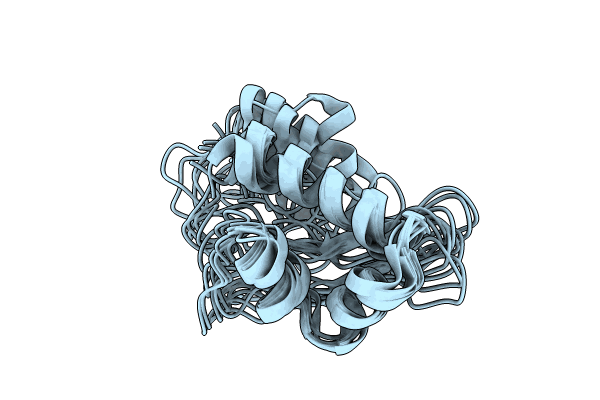
Deposition Date
2023-06-28
Release Date
2024-02-14
Last Version Date
2024-05-01
Entry Detail
PDB ID:
8TB1
Keywords:
Title:
Solution NMR structure of a RiPP proteusin precursor protein
Biological Source:
Source Organism:
Methylovulum psychrotolerans (Taxon ID: 1704499)
synthetic construct (Taxon ID: 32630)
synthetic construct (Taxon ID: 32630)
Host Organism:
Method Details:
Experimental Method:
Conformers Calculated:
20000
Conformers Submitted:
10
Selection Criteria:
structures with the lowest energy


